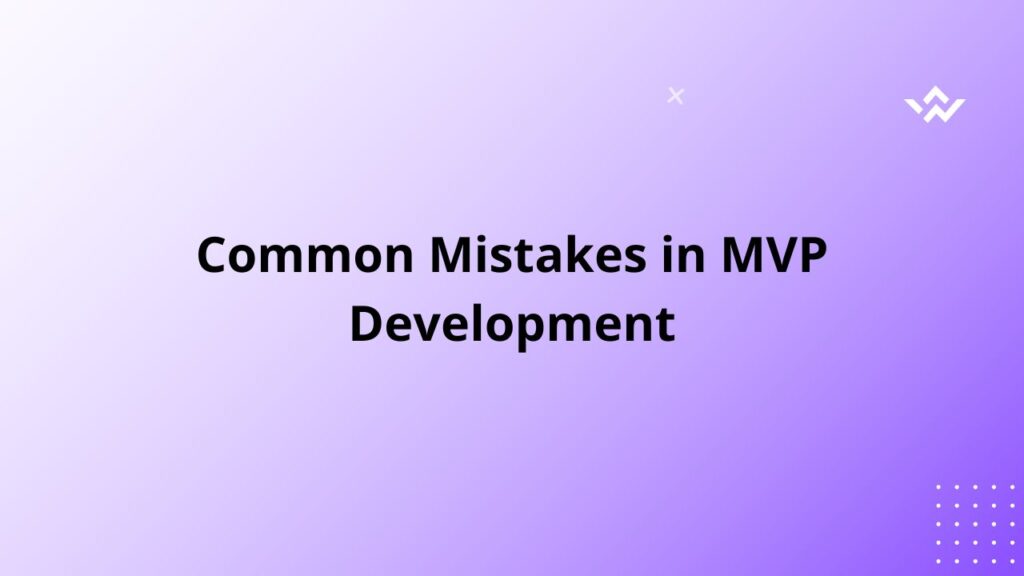Building a Minimum Viable Product (MVP) is a crucial step for startups and entrepreneurs. However, many fail to execute it correctly, leading to wasted time, money, and effort. To increase your chances of success, it’s essential to understand the most common mistakes in MVP development and how to avoid them.
1. Building a Full Product Instead of an MVP
Mistake:
Many founders try to pack too many features into their MVP, making it a fully developed product instead of a simple test version. This defeats the purpose of rapid validation and increases costs.
Solution:
Focus on the core problem your product solves. Start with the most essential feature(s) and expand based on user feedback.
2. Ignoring Market Research
Mistake:
Developing an MVP without validating demand leads to products that no one wants. Skipping market research results in wasted resources.
Solution:
Conduct thorough market research through surveys, competitor analysis, and interviews. Validate the problem before building the solution.
3. Not Defining Success Metrics
Mistake:
Without clear success metrics, it’s hard to measure if the MVP is working or failing.
Solution:
Define key performance indicators (KPIs) like user sign-ups, retention rate, and engagement levels before launching.
4. Skipping User Feedback
Mistake:
Some startups launch an MVP and fail to actively collect user feedback, missing opportunities for improvement.
Solution:
Engage with early users, collect feedback through surveys and analytics, and iterate accordingly.
5. Choosing the Wrong No-Code/Tech Stack
Mistake:
Using the wrong tools or platforms can lead to scalability issues and higher costs.
Solution:
Select no-code or low-code tools like Bubble, Webflow, or Airtable based on the product’s needs. Ensure flexibility for future growth.
6. Poor UI/UX Design
Mistake:
An MVP with a poor user experience can drive users away before they understand the value of the product.
Solution:
Keep the design simple, intuitive, and functional. Use tools like Figma or Adobe XD to prototype and test usability before launch.
7. Trying to Please Everyone
Mistake:
Building an MVP for a broad audience often leads to a diluted product with no clear value proposition.
Solution:
Focus on a niche audience first, solve their pain points effectively, and expand later.
8. Not Having a Monetization Plan
Mistake:
Many startups launch an MVP without considering how they will generate revenue in the long run.
Solution:
Explore potential business models (subscriptions, freemium, ads) and test pricing strategies early.
9. Scaling Too Soon
Mistake:
Premature scaling before validating the MVP can lead to burned resources and operational inefficiencies.
Solution:
Wait until you have consistent user demand, product-market fit, and strong retention metrics before scaling.
10. Ignoring Competition
Mistake:
Failing to analyze competitors can lead to building redundant products with no differentiation.
Solution:
Study competitors to identify gaps, unique selling points (USP), and potential improvements before developing your MVP.
Conclusion
Avoiding these common mistakes can significantly improve your MVP’s success rate. By focusing on market research, user feedback, and an iterative approach, you can build a product that meets real user needs without wasting resources.
Are you working on an MVP? What challenges have you faced? Let us know in the comments!



